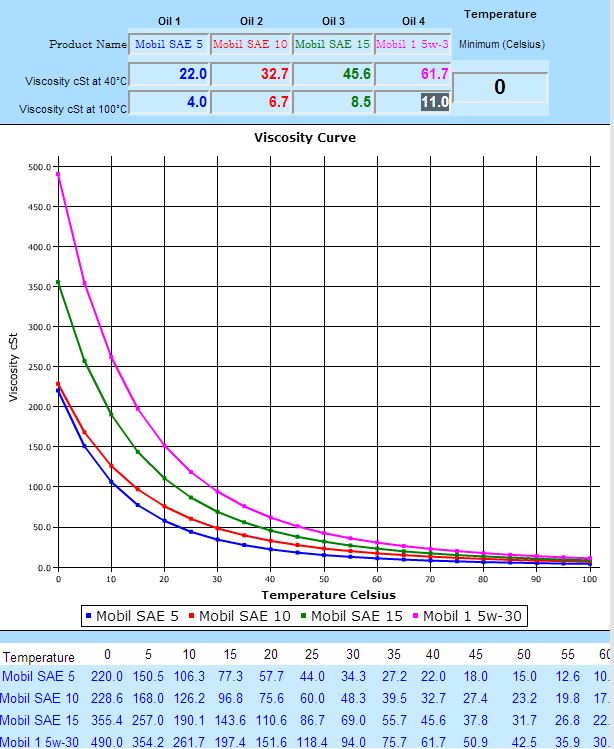Originally Posted By: CentAmDL650
Originally Posted By: Cardenio327
In non-competition use I don't see how viscosity could have a detrimental effect on the engine unless it sheared to below a 20 grade. I never gave much thought to the gears in the transmission as long as they don't grind until you mentioned it. Lots of automotive sticks use ATF which is about a 10w or so, so how much wear could a lower viscosity really cause?
Automotive manual transmissions use a different paradigm of power transmission from constant mesh transmission shared sump motorcycles. You have a series of mechanisms that move dogs to engage and disengage gears on various shafts in the transmission. The slides and the ratcheting mechanisms seem to work best when the oil is at or close to the spec viscosity grade.
As a rider who many years ago rode motocross and enduros, now riding 25 years later on a street bike, I am finding that point where the oil should be changed is fairly obvious when the shifting gets rougher and mis-shifts start happening. It's almost like a lightswitch when it happens, and it makes you more focused on synchronizing your throttle hand with the clutch movements and sometimes preloading the shift lever.
There are some oils that can make it shift super slick, and some that start out marginal and only get worse. And plenty with various degrees of the tactile sensation of lubrication through the boot, in the sounds of valvetrain, clutch, and bearings, and vibrationally through the saddle, the handlebars and footpegs. Makes you wonder how much the wear increases with oil in that condition.
And there are some bikes which are mix-masters of viscosity index improver doom, and others, esp. big street Hondas, which can seem to hold out for what would be an extended oil change interval even for a car. And so many farther from the extremes, but they all will eventually reach that problematic condition if their fill isn't OCI'd.
I guess I got lucky and got a bike that wasn't built on a Monday or a Wednesday or a Friday
The only oil that I've tried that caused unsatisfactory shifting was Honda Genuine HP4 10w-40, so unsatisfactory that I didn't leave it in long enough to give it a chance.
Typically it shifts beautifully the day of the oil change, gets a little rough within a day or two then gradually gets better reaching a plateau after a couple of weeks, and stays the same for the rest of the year. Just a little "snick" with every gear change up or down 95% of the time.
As I understand it the oil related rough shifting has nothing to do with the gears and whatnot, it is the oil between the clutch plates that causes the roughness.
Maybe shifting technique has something to do with it? I was taught by my dad to never lug an engine, and seldom do it. I upshift between 4,000 and 6,500 rpm in regular driving, at 8,000 WOT a few times a week to blow out the carbon. From stoplight to stoplight if I can get there without exceeding 6,000 or 7,000 I just leave it in 1st, no need to waste fuel or wear shifting. I match rpm after downshifts and downshift between 2,500 and 4,500 rpm. On coast downs to stop I de-clutch at 1,000 rpm, wait until 20 Km/h to downshift through the gears to 2nd, and downshift to 1st at 5 to 10 Km/h.
I always keep the clutch well adjusted as well. Manual calls for 5/8" freeplay, I prefer to keep it at 11/16". And, I always use the clutch, no powershifting.



